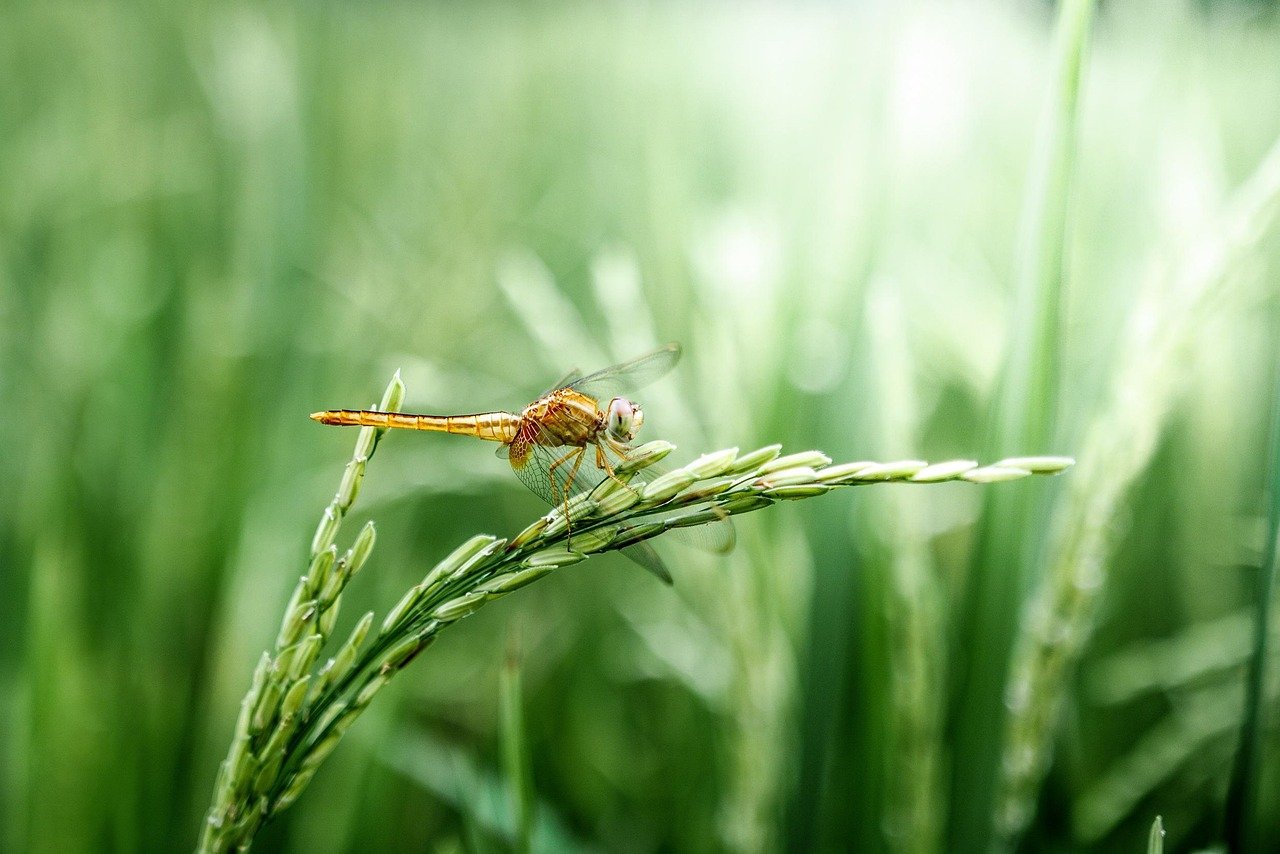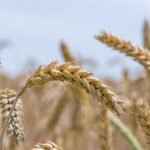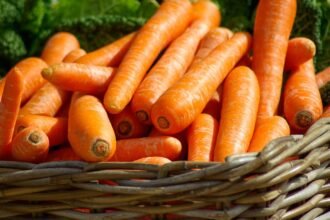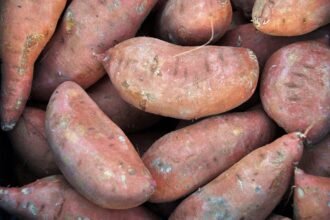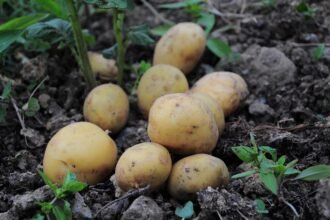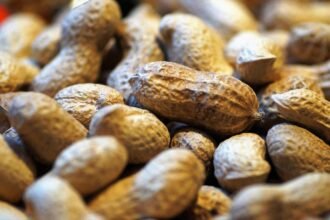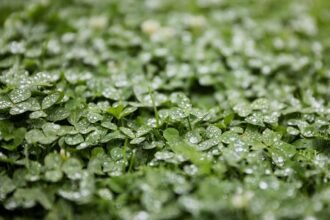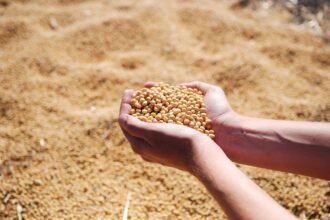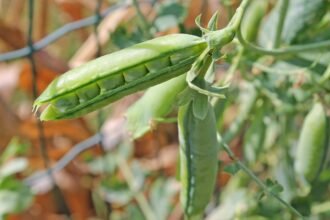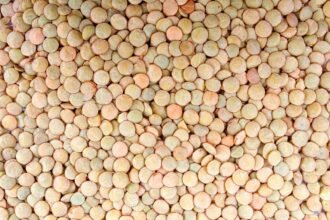Rice is one of the most important staple crops globally, providing food for more than half of the world’s population. Growing rice involves a set of specific practices that ensure healthy plants and high yields. The cultivation of rice requires a unique set of technical management techniques to maintain plant health, optimize growth, and achieve a successful harvest. This guide outlines the key factors involved in rice farming, including soil preparation, irrigation management, pest control, and harvest practices.
1. Soil Preparation and Fertility Management
Rice thrives in soil that is rich in organic matter and well-drained but able to retain moisture. Preparing the soil for rice cultivation involves creating the right conditions for healthy plant growth and maximizing the potential for high yields.
Key steps:
- Land Leveling: For rice to grow properly, the field must be leveled. Uneven land can lead to water stagnation in some areas and insufficient water in others. Leveling ensures even water distribution across the field.
- Soil Testing: Before planting, conduct soil tests to assess nutrient levels and soil pH. Rice prefers slightly acidic soil with a pH between 5.5 and 7.0.
- Fertility Management: Use a balanced mix of fertilizers based on soil test results. Rice requires nitrogen, phosphorus, and potassium. Organic compost and well-decomposed manure also enhance soil health.
2. Water Management
Water management is crucial in rice cultivation, as rice is typically grown in flooded fields. The correct water levels need to be maintained throughout the growing season for optimal growth.
Key techniques:
- Flooding: Flooded fields, also known as paddy fields, create the ideal growing environment for rice. Maintain water at a depth of about 5-10 cm for most of the growing period, but ensure that the field is drained during the ripening phase to prevent disease and improve grain quality.
- Irrigation: If rainfall is insufficient, ensure a reliable irrigation system such as canals or pumps to flood the rice fields. Rice can be grown in both rain-fed and irrigated systems.
- Drainage: After the flowering period, allow fields to drain to promote proper grain filling and prevent the growth of weeds or pests.
3. Seed Selection and Planting
Choosing the right variety of rice and planting method is essential for achieving high yields.
- Variety Selection: Choose rice varieties suited to your region’s climate, soil type, and the length of the growing season. There are two main types: Indica (long-grain) and Japonica (short-grain) varieties.
- Seed Treatment: Before sowing, treat seeds with fungicides or other seed treatments to prevent soil-borne diseases.
- Planting Methods: Rice can be sown through two main methods:
- Direct Seeding: Seeds are directly sown in the field. This method saves time and labor but requires adequate water management.
- Transplanting: In this method, seedlings are grown in nurseries and then transplanted to flooded fields. It requires more labor but often leads to better yields, as it allows for more control over plant spacing and field conditions.
4. Weed Control
Weeds can significantly reduce rice yields by competing for nutrients, light, and water. Effective weed management is a crucial aspect of rice cultivation.
Weed Control Strategies:
- Pre-emergence Herbicides: Apply herbicides before weeds sprout to control weed growth.
- Manual Weeding: In smaller-scale operations, manual weeding is effective, especially in the early stages of crop growth.
- Water Management: Maintaining proper water levels helps control weed growth, as many weed species do not survive in flooded conditions.
- Crop Rotation: Rotating rice with other crops can help break the life cycle of weeds and reduce their prevalence.
5. Nutrient and Fertilizer Management
To promote healthy rice growth and maximize yields, it is essential to manage the nutrients in the soil carefully.
- Nitrogen Fertilization: Nitrogen is the most important nutrient for rice growth. Split nitrogen applications, with one half at the time of planting and the other after transplanting, ensure optimal growth and avoid wastage.
- Phosphorus and Potassium: These nutrients are essential for root development and overall plant health. Fertilizers containing these elements should be applied based on soil test results.
- Micronutrients: Ensure adequate levels of micronutrients, including zinc and iron, to avoid deficiencies that can affect plant health.
6. Pest and Disease Management
Rice crops are susceptible to a range of pests and diseases, which can significantly impact yields if not managed properly.
Common Pests and Diseases:
- Rice Blast: A fungal disease that causes lesions on leaves, stems, and grains. Control with fungicides or resistant rice varieties.
- Brown Planthopper: This pest causes stunted growth and can transmit viral diseases. Use resistant varieties and apply insecticides when necessary.
- Weevils and Rice Weevil: These pests attack the grain, causing spoilage. Control them with insecticides and proper post-harvest management.
- Integrated Pest Management (IPM): Use biological pest control methods and minimal pesticide use to reduce the impact on the environment.
7. Harvesting and Post-Harvest Handling
Proper timing and handling of rice during the harvest phase are critical for maintaining grain quality and reducing post-harvest losses.
- Harvesting: Harvest rice when the grains are mature but not overripe. The optimal time for harvesting is when the grains are golden-yellow and the straw begins to dry.
- Threshing: After harvesting, thresh the rice to separate the grains from the straw. This can be done manually or using mechanical threshers.
- Drying: Dry harvested rice to reduce moisture content (below 14%) to prevent spoilage during storage.
- Storage: Store rice in a cool, dry place to maintain quality. Use airtight containers or silos to protect the rice from pests and environmental damage.
8. Sustainable Practices in Rice Cultivation
Sustainability in rice farming is becoming increasingly important due to environmental concerns and the need to optimize resource use.
- Water Conservation: Implement water-saving practices like alternate wetting and drying (AWD), which reduces water usage while maintaining productivity.
- Organic Fertilization: Use organic fertilizers, such as compost or green manure, to reduce dependency on chemical fertilizers and improve soil health.
- Soil Erosion Control: Minimize soil erosion by maintaining ground cover and avoiding excessive tillage.
Conclusion
Rice cultivation is a complex process that requires careful management of soil, water, pests, and nutrients. By following the best practices outlined in this guide, rice farmers can improve their crop yields, ensure sustainability, and minimize environmental impacts. Whether you are growing rice on a small farm or managing large-scale production, a strong focus on technical management is key to success in rice farming.

